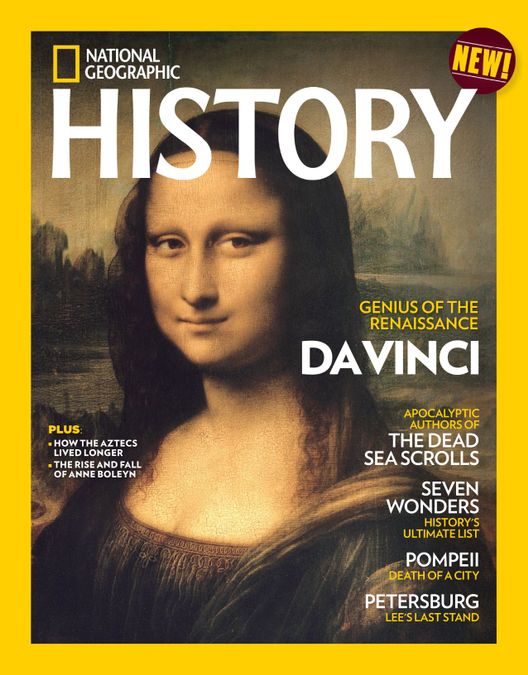Publicaciones – Artículos
Tiempo de lectura: 2 minutos“Aztec Healing: Medicine, Magic, and Prayer”. Revista National Geographic History, Nº 1, 2015: 10-13.
Life expectancy was limited in early modern Europe: Reaching the age of 70 without suffering any serious illness would have been an astonishing achievement. Yet it was a fairly unremarkable occurrence among the citizens of the great Aztec capital of Tenochtitlan, today’s Mexico City. As the Spanish conquistadores embarked on the conquest of what is now Mexico, one of the things that surprised them most was the good health and longevity enjoyed by the inhabitants of the great Aztec Empire.
There were several immediate reasons as to why the Aztec could boast such good health. Their diet, consisting mainly of poultry, fish, cereals, fruit, and vegetables, would today be considered very cardio-healthy. High standards of personal and household hygiene throughout the city were another contributing factor. What amazed the invaders most, however, was the knowledge and skill of Aztec physicians, whom the Spaniards admitted were better—and cheaper—than their European counterparts. “They have doctors skilled in the application of a wide variety of herbs and medicines,” wrote Fray Bernardino de Sahagún, who compiled the 16th-century study of Aztec life known as the Florentine Codex. “Some have experience of grave illnesses that Spaniards have long endured without hope, and which these doctors are able to cure.”

